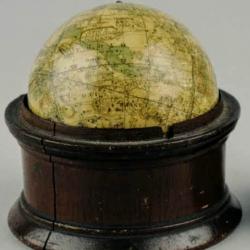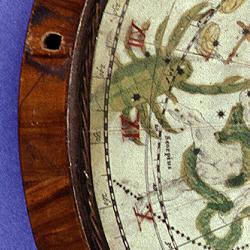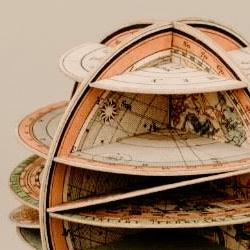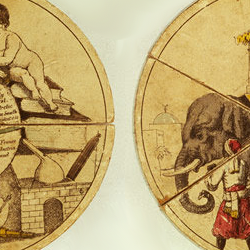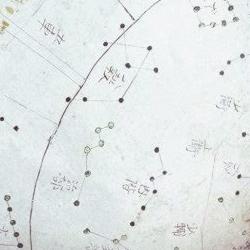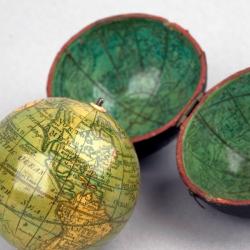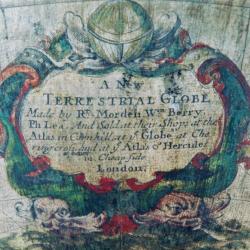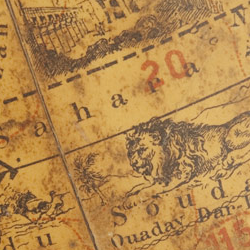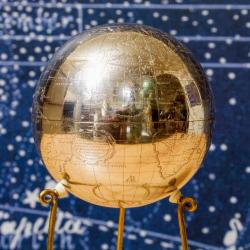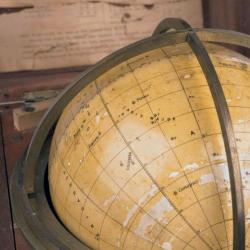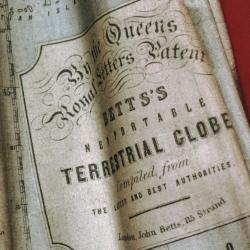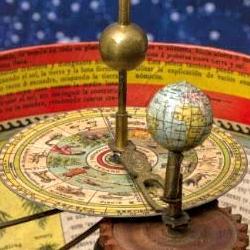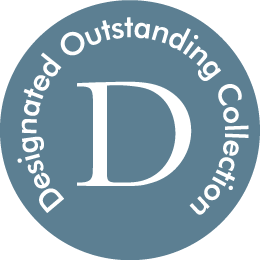From antiquity to the present day, people have used globes to model the world around them. Globes serve many different functions, from practical tools to representations of power, and have been produced for a variety of audiences, including as children's teaching objects, sailors' navigation aids and gentlemen's status symbols.
Many of the globes held in the Whipple Museum's collection were used for teaching, including the dissectable paper globe kits designed by Edward Mogg to liven up children's geography lessons.
The Globes section of the Explore website received special funding support from the Designation Challenge Fund (Audience Development Grant), the Ann D Foundation and Dr Anita McConnell. We are very grateful for this support.


